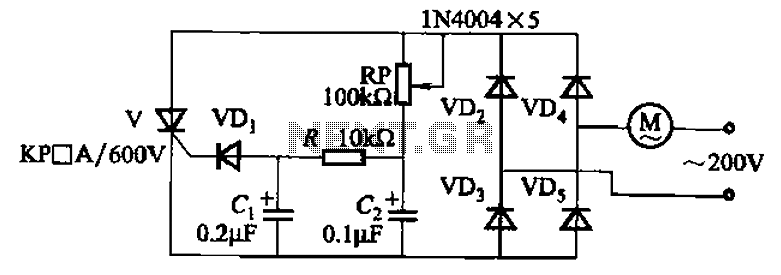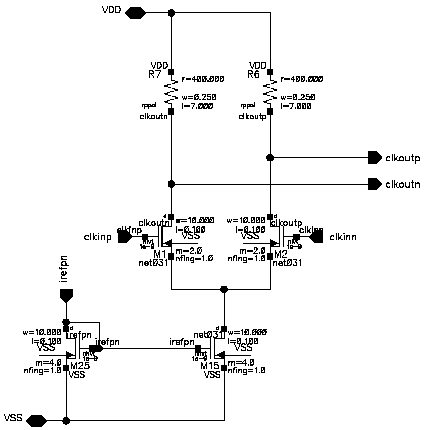
Flash Signal Alarm Circuit

This circuit is beneficial for applications requiring a low-energy flashing alarm. A DC supply ranging from 200 to 400 volts should possess sufficient internal resistance to charge a 0.5 microfarad capacitor between flashes. This charging process should take approximately 2 to 3 time constants, which translates to a resistance value of about 500 kΩ to 1 MΩ for a flashing rate of 1 second. Lower resistance values can be utilized for increased flashing rates.
The circuit operates by utilizing a capacitor that stores energy and subsequently discharges it to produce a flashing signal. The time constant (τ) is defined as the product of the resistance (R) and capacitance (C), τ = R × C. For this application, with a capacitance of 0.5 µF, the time constant will dictate how quickly the capacitor charges and discharges, thus controlling the flashing frequency of the alarm.
To achieve the desired performance, the selected resistor should be in the range specified, ensuring that the capacitor charges adequately before discharging. For example, using a resistor of 500 kΩ will yield a time constant of approximately 0.25 seconds (τ = 500,000 Ω × 0.5 × 10^-6 F), allowing a flashing rate of about 1 second. For applications requiring faster flashing rates, a lower resistance value can be incorporated, which will decrease the time constant and increase the frequency of the flashing signal.
The circuit should also include a suitable switching mechanism, such as a transistor or a relay, to control the discharge of the capacitor. This switching device can be activated by the voltage across the capacitor, ensuring that the alarm flashes only when sufficient charge is present. Additionally, it is advisable to incorporate a diode in parallel with the capacitor to prevent reverse current flow, which could damage the circuit components.
Overall, this low-energy flashing alarm circuit is effective for various applications, including security systems and notification devices, where low power consumption is crucial. Proper selection of components will ensure reliable operation and desired flashing rates tailored to specific requirements. This circuit is useful if you need a low-energy flashing alarm. The 200 to 400-dc supply should have enough internal resistance to charge the 0.5 capacitor between flashes, about 2 or 3 time constants, which means about 500 kQ to 1 for a 1-s rate. Use lower values for higher rates.
The circuit operates by utilizing a capacitor that stores energy and subsequently discharges it to produce a flashing signal. The time constant (τ) is defined as the product of the resistance (R) and capacitance (C), τ = R × C. For this application, with a capacitance of 0.5 µF, the time constant will dictate how quickly the capacitor charges and discharges, thus controlling the flashing frequency of the alarm.
To achieve the desired performance, the selected resistor should be in the range specified, ensuring that the capacitor charges adequately before discharging. For example, using a resistor of 500 kΩ will yield a time constant of approximately 0.25 seconds (τ = 500,000 Ω × 0.5 × 10^-6 F), allowing a flashing rate of about 1 second. For applications requiring faster flashing rates, a lower resistance value can be incorporated, which will decrease the time constant and increase the frequency of the flashing signal.
The circuit should also include a suitable switching mechanism, such as a transistor or a relay, to control the discharge of the capacitor. This switching device can be activated by the voltage across the capacitor, ensuring that the alarm flashes only when sufficient charge is present. Additionally, it is advisable to incorporate a diode in parallel with the capacitor to prevent reverse current flow, which could damage the circuit components.
Overall, this low-energy flashing alarm circuit is effective for various applications, including security systems and notification devices, where low power consumption is crucial. Proper selection of components will ensure reliable operation and desired flashing rates tailored to specific requirements. This circuit is useful if you need a low-energy flashing alarm. The 200 to 400-dc supply should have enough internal resistance to charge the 0.5 capacitor between flashes, about 2 or 3 time constants, which means about 500 kQ to 1 for a 1-s rate. Use lower values for higher rates.





